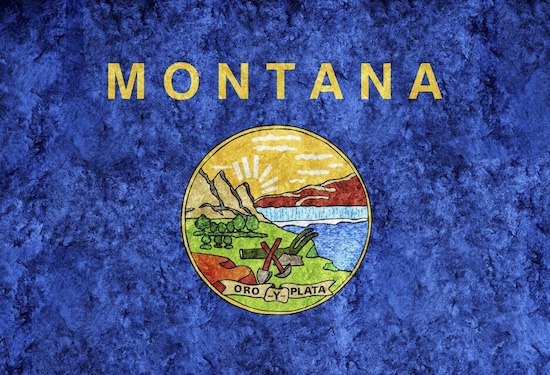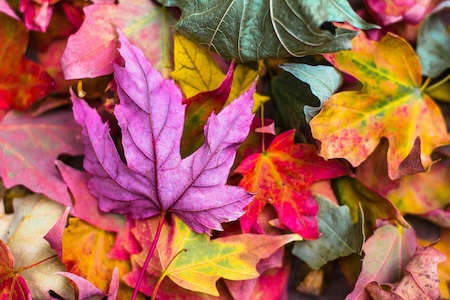
From the Great Plains to Mount Rushmore: The History of South Dakota
October 16, 2024
From Wilderness to Statehood: The Evolution of Washington’s History
October 21, 2024A Journey Through Time: The History of Montana Unveiled
Montana, known as “The Treasure State,” has a rich and fascinating history that spans centuries. From the Native American tribes who first inhabited the land to the arrival of European explorers and settlers, Montana’s history is filled with stories of resilience, exploration, and conflict. Join us as we dig into the captivating history of Montana and uncover the events and individuals that have shaped this remarkable state.
The Native American Tribes of Montana.
The Native American tribes have a deep and significant history in Montana. Before the arrival of European explorers and settlers, the land was inhabited by various tribes, including the Blackfeet, Crow, Cheyenne, and Sioux. These tribes had their own unique cultures, languages, and traditions, and they lived off the land, relying on hunting, fishing, and gathering for their sustenance. Over time, the arrival of Europeans brought significant changes to the lives of these tribes, including conflicts over land and resources. Despite these challenges, the Native American tribes of Montana have persevered and continue to contribute to the rich cultural diversity of the state.
The Lewis and Clark Expedition.
One of the most significant events in Montana’s history was the Lewis and Clark Expedition. In 1804, Meriwether Lewis and William Clark led a group of explorers on a journey to explore the newly acquired Louisiana Purchase and find a route to the Pacific Ocean. Their expedition took them through the rugged and untamed wilderness of Montana, where they encountered various Native American tribes and faced numerous challenges. The expedition not only opened up new opportunities for trade and settlement in the region but also provided valuable insights into the geography, flora, and fauna of Montana. Today, the Lewis and Clark Expedition is celebrated as a pivotal moment in the history of the state.
The Gold Rush and the Montana Vigilantes.
The Gold Rush of the mid-1800s brought a wave of settlers to Montana in search of fortune. The discovery of gold in the region attracted thousands of prospectors, leading to the rapid growth of mining towns and the development of a booming economy. However, with the influx of people came an increase in crime and lawlessness. In response, a group of vigilantes known as the Montana Vigilantes emerged to restore order and enforce justice. They took matters into their own hands, often resorting to violence and hanging those they deemed guilty. While their methods were controversial, the Montana Vigilantes played a significant role in maintaining law and order during this tumultuous time in the state’s history.
The Battle of Little Bighorn.
The Battle of Little Bighorn, also known as Custer’s Last Stand, was a significant event in the history of Montana. It took place on June 25, 1876, near the Little Bighorn River in southeastern Montana. The battle was fought between the United States Army, led by Lieutenant Colonel George Armstrong Custer, and a coalition of Native American tribes, primarily the Lakota Sioux and Cheyenne. The Native American forces, led by Sitting Bull and Crazy Horse, were defending their territory and way of life against the encroachment of white settlers. Despite being outnumbered, the Native American warriors were able to defeat Custer and his men, resulting in a major victory for the tribes. The Battle of Little Bighorn remains a symbol of Native American resistance and a pivotal moment in the history of Montana.
The Homestead Act and the Settlement of Montana.
The Homestead Act of 1862 played a crucial role in the settlement of Montana. Under this act, the United States government offered 160 acres of land to any citizen or intended citizen who was willing to improve the land by building a dwelling and cultivating crops. This attracted many settlers to Montana, who saw the opportunity to start a new life and own their own land. The Homestead Act led to a rapid increase in population and the establishment of towns and communities throughout the state. It also had a significant impact on the landscape, as settlers cleared land for farming and ranching. The Homestead Act remains an important part of Montana’s history and is remembered as a key factor in the state’s development.
Here’re eight other things America’s 41st state has to offer:
- Breathtaking Natural Beauty: Montana is known for its stunning natural landscapes, from the majestic Rocky Mountains to the vast plains and picturesque lakes. The state is home to Glacier National Park, which offers breathtaking views of glaciers, mountains, and pristine lakes. Yellowstone National Park, located partially in Montana, is famous for its geothermal features, including the iconic Old Faithful geyser.
- Outdoor Recreation Paradise: With its vast wilderness areas and abundant wildlife, Montana is a paradise for outdoor enthusiasts. The state offers a wide range of activities, including hiking, camping, fishing, hunting, skiing, and snowboarding. Whether you prefer exploring the backcountry on foot or enjoying water sports on one of the many lakes and rivers, Montana has something for everyone.
- Rich Native American Culture: Montana is home to several Native American tribes, including the Blackfeet, Crow, and Salish-Kootenai. Visitors can learn about their rich cultural heritage by visiting tribal museums, attending powwows, and exploring historical sites. The state also hosts the annual Montana American Indian Heritage Day, where visitors can experience traditional dances, music, and crafts.
- Historic Ghost Towns: Montana has a fascinating history of mining and settlement, which is evident in its numerous ghost towns. These abandoned towns offer a glimpse into the past, with preserved buildings and artifacts that tell the stories of the people who once lived there. Some popular ghost towns to visit include Bannack, Virginia City, and Garnet.
- Vibrant Arts and Culture Scene: Despite its rural nature, Montana has a thriving arts and culture scene. The state is home to numerous art galleries, theaters, and music venues, showcasing the talents of local artists and performers. The Montana Folk Festival, held annually in Butte, is a celebration of traditional music, dance, and crafts from around the world.
- World-Class Fly Fishing: Montana is renowned for its world-class fly fishing opportunities. The state is home to numerous rivers and streams teeming with trout, including the famous Madison, Yellowstone, and Bighorn Rivers. Anglers from around the world flock to Montana to experience the thrill of catching trophy-sized fish in pristine waters.
- Friendly and Welcoming Communities: Montana is known for its friendly and welcoming communities. The state has a strong sense of community, with residents often coming together to support local events and initiatives. Whether you’re visiting a small town or a larger city like Missoula or Bozeman, you’re sure to be greeted with a warm smile and a friendly conversation.
- Personalized Newspapers: If they’re ever looking for the perfect gift to get someone in their life, Montanans can have a My FrontPage Story shipped directly to their doorstep.
Montana offers a unique blend of natural beauty, outdoor recreation opportunities, rich cultural heritage, and vibrant communities. Whether you’re seeking adventure in the great outdoors or looking to immerse yourself in the state’s arts and culture scene, Montana has something for everyone.
Written by Ubersuggest




